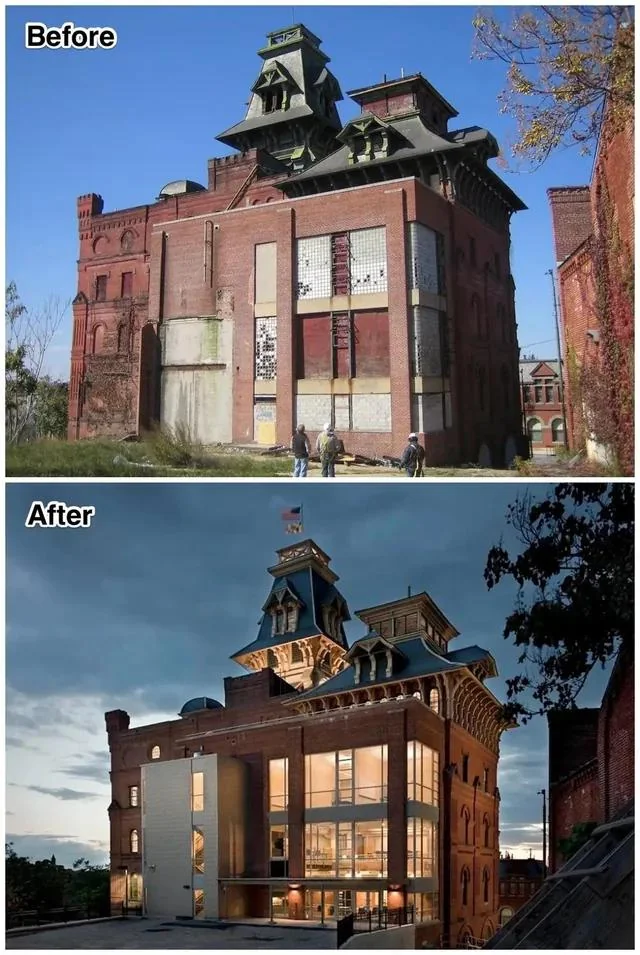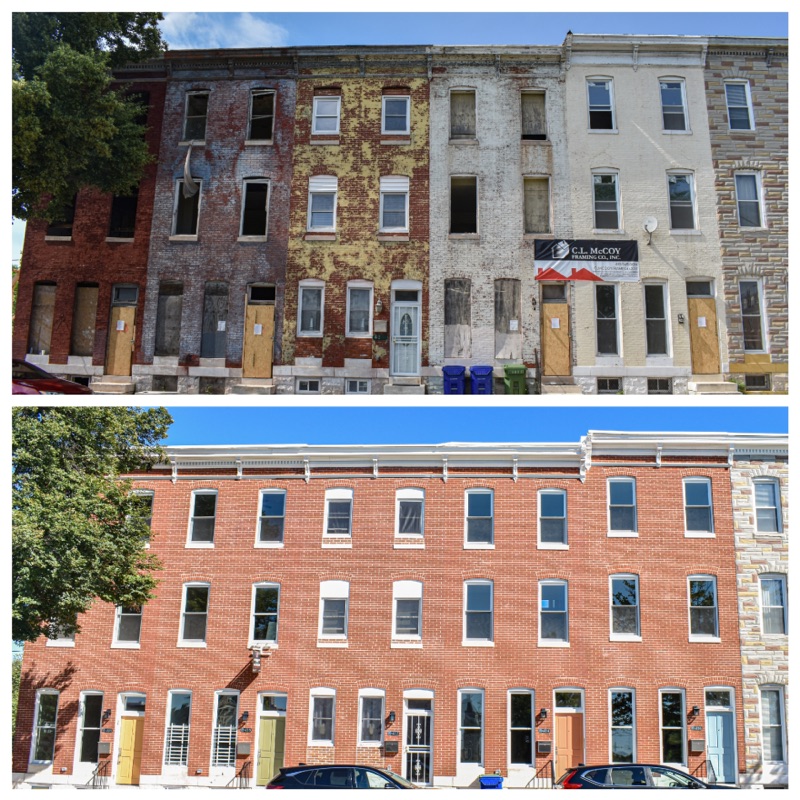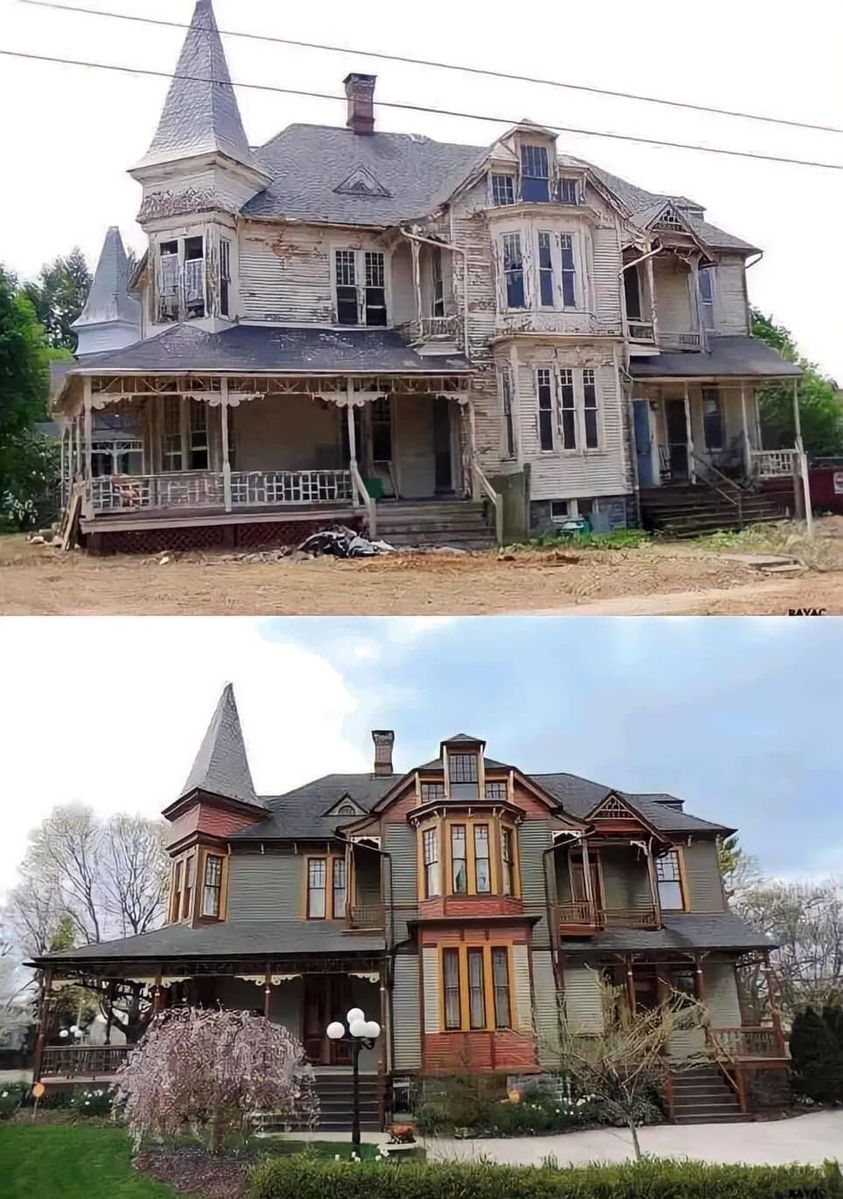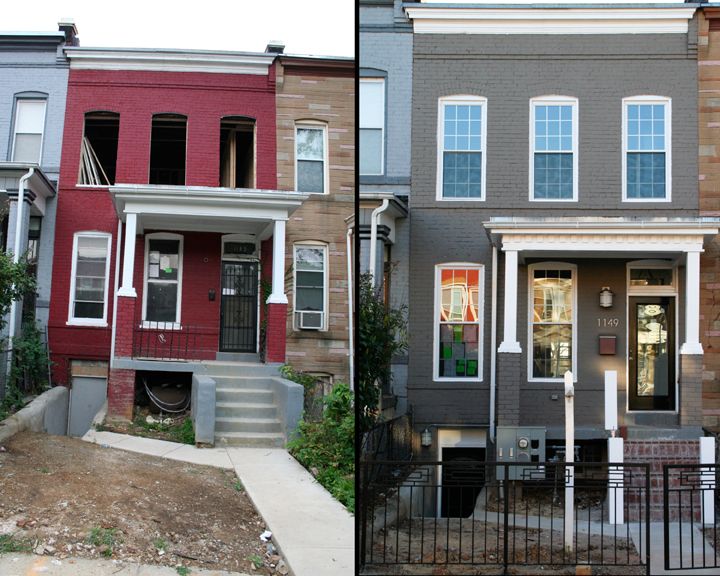Rebuilding Cities: How My Early Work in Detroit Shaped My Path Into Real Estate Development

When I look back at my early years in real estate and construction, the 1990s stand out as the decade that defined my professional foundation. Between 1992 and 2000, I was working as an electrician, earning my degree in architecture, and spending every free hour investing in and restoring old homes across Detroit and other post-industrial cities like Cleveland, Buffalo, and Pittsburgh.

These were cities with incredible bones—neighborhoods lined with early 20th-century architecture, built by craftsmen who believed in permanence. But decades of economic decline had left many of those homes vacant and forgotten. Where others saw blight, I saw opportunity and history worth saving.

My construction background gave me the technical confidence to take on projects others avoided. I understood systems, structure, and wiring—but I was equally drawn to how buildings could be reimagined. My architectural studies helped me think beyond repair and toward design—toward how a building could serve both function and community. That blend of technical skill and creative vision became the cornerstone of my approach.
Back then, there was no internet full of tutorials. I learned the hard way—through books from the local library, conversations with older tradesmen, and plenty of trial and error. Every project became a classroom, every setback a new lesson.
My first few houses in Detroit were raw but rewarding. I focused on preserving the character of each property—exposed brick, hardwood floors, detailed trim—while modernizing the layout and systems. As I expanded to Buffalo and Cleveland, I began to see a pattern: these cities all shared the same story—tough times, resilient people, and architecture worth fighting for.

Each renovation taught me something new about the real estate cycle, neighborhood momentum, and the power of steady reinvestment. I wasn’t just learning how to rebuild houses; I was learning how communities rebuild themselves.
Those early experiences laid the groundwork for everything I do today in real estate development. They taught me patience, persistence, and the importance of working from the ground up—literally and figuratively.
Now, whether it’s a mixed-use development or an adaptive reuse project, that same philosophy drives my work: build with purpose, preserve with respect, and design for long-term impact. Real estate isn’t just about profit—it’s about partnership with a place.
The lessons I learned in Detroit, Cleveland, Buffalo, and Pittsburgh still guide me today. They remind me that good development starts with vision, but great development starts with commitment—to the craft, the community, and the belief that cities can always be rebuilt stronger than before.
Comments
Post a Comment